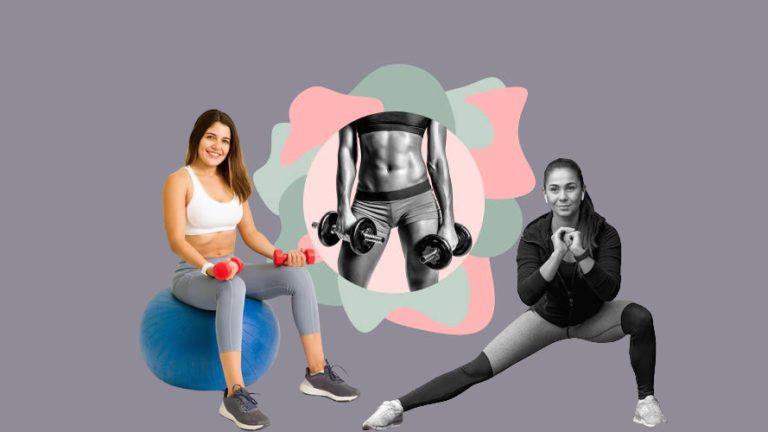Women’s health will be one of the big talks in 2023, as the health and welfare of women will carry significant importance.
Now that 2023 has here, there are a plethora of fresh trends in nutrition, exercise, and healthcare routines to learn about and experiment with. We frequently think about medical visits, preventive care, lab testing, and vaccinations when we consider healthcare. But, there are other aspects of our lives that we can influence women’s health personally, such as changing our diets, lowering our stress levels, and having more fun. One of these elements that may be changed is exercise, which has a significant positive impact on health.
Regular exercise and yoga have a wide range of health advantages, such as lowering blood pressure, lowering cholesterol and the risk of cardiovascular disease, preventing diabetes, enhancing mood and cognitive function, and decreasing mortality. These advantages are increased for women due to their hormones and health hazards. These are some things to watch out for in 2023, according to the experts, because many people will still prioritise the health and welfare of women in a post-Covid world.
Women experience fluctuating levels of oestrogen and progesterone from their first period until menopause, which affects their reproductive patterns, brain chemistry, and moods. Women lose a natural source of the “feel good” brain chemical called serotonin when their oestrogen levels fall, such as before and during a woman’s period or in the months preceding menopause. Because of this, they are more prone to moodiness, melancholy, and anxiety attacks, as well as the signs of severe PMS or postpartum depression.
By the release of endorphins, another mood stabiliser, exercise prevents these hormonally induced mood fluctuations. Endorphins, sometimes known as the “runner’s high,” make you feel good and at ease after a workout. Exercise can boost mood even after menopause, when oestrogen levels have permanently decreased. In one research of 60 postmenopausal women with anxiety and depression, the exercise group showed an 18 to 22% reduction in symptoms, while the non-exercise group showed no improvement.
As they age, women are much more likely than men to develop osteoporosis, which increases their risk of bone fracture and height reduction. According to the Office on Women’s Health, 8 million of the 10 million Americans who have osteoporosis are women, and 50 percent of these women will break a bone at some point in their lives. This is primarily owing to women’s weaker bones than men’s, which weaken more quickly with aging due to oestrogen loss. Osteoporosis’s resultant hip fracture can cause immobilisation and early mortality.
Exercise, ideally beginning when one is young, is one of the finest strategies to develop strong bones. The majority of the bone mass that can shield women from osteoporosis later in life is built up throughout the teen and young adult years. Regardless of age, weight-bearing and muscle-strengthening workouts are beneficial for bone health. Although both men and women tend to put on weight as they age, women have particular difficulties. The weight gain associated with pregnancy may continue long after delivery for younger women.
The body then redistributes fat cells to the belly as menopausal middle-aged women lose oestrogen, which might thwart their efforts to shed weight. Women may have trouble maintaining or reducing weight when their muscle mass deteriorates with age since muscle burns more calories than fat.
Exercise can help women maintain and increase their lean muscle mass, which improves their appearance and sense of body fat, to combat these concerns. Exercise also helps to burn extra calories that may otherwise turn into fat.
Sleeping well is important for maintaining mental wellness. Researchers from the University of Bern claim that during dreaming, the human brain strengthens good emotions while reducing negative and traumatic ones.
Fortunately, exercise has a proven record of enhancing sleep. A 2020 study found that fitness training enhanced middle-aged inactive people’ sleep quality. Participants in the study were divided into control groups that underwent high-intensity interval training (HIIT), HIIT with whole-body electromyostimulation training, and physical activity regimens recommended by the World Health Organization. Each group demonstrated greater overall sleep duration, quicker sleep onset, and a lower likelihood of waking up right away.






Add comment